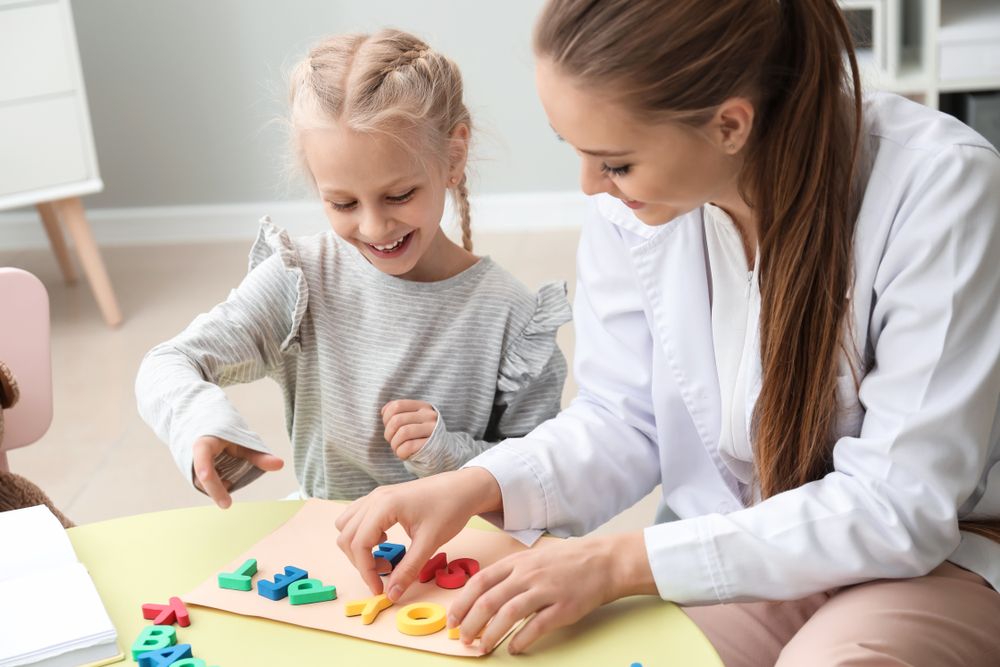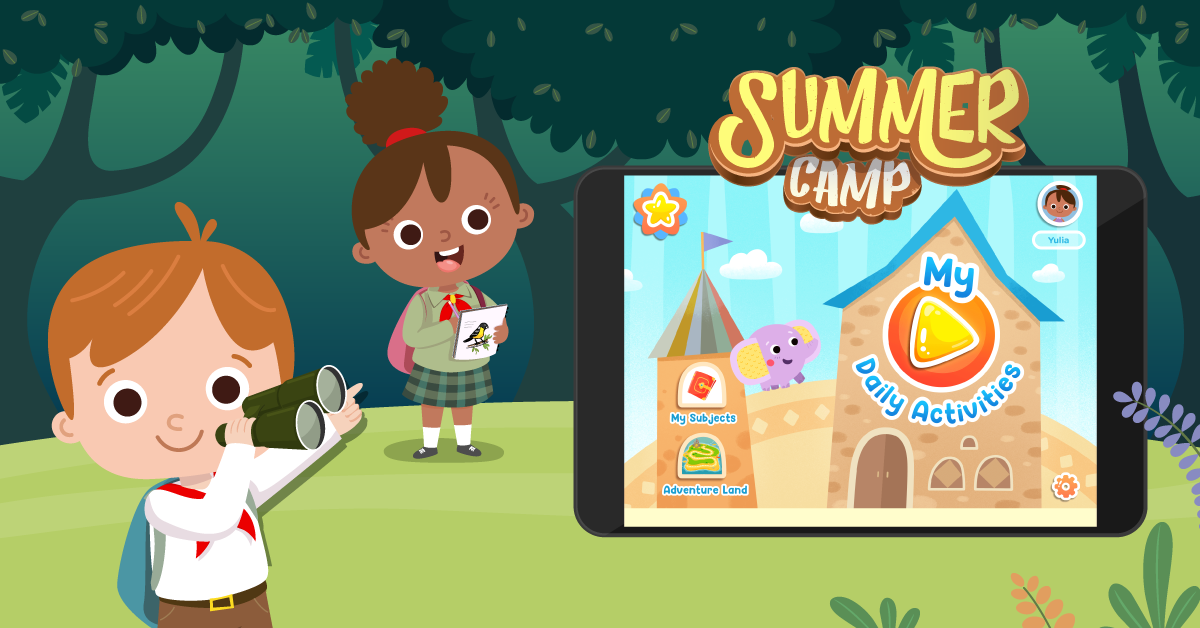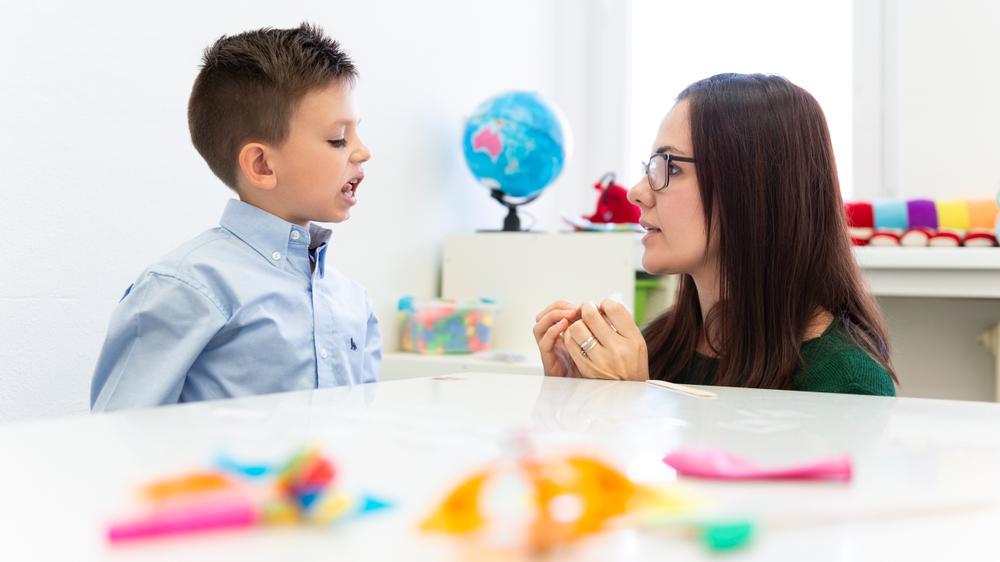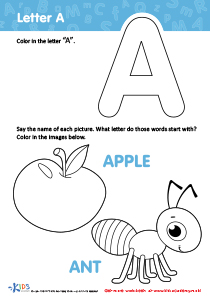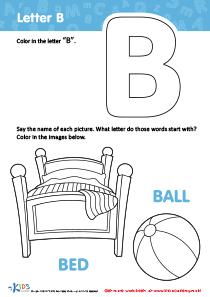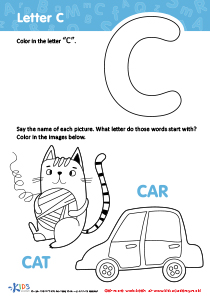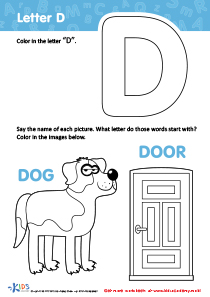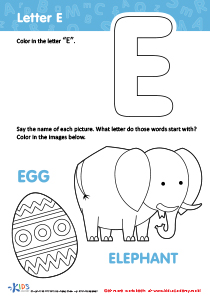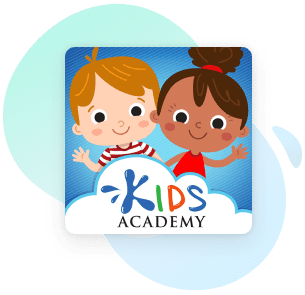Normal Letter K Worksheets for Ages 4-6
2 filtered results
-
From - To
Embark on a captivating journey of learning with our Normal Letter K Worksheets, meticulously crafted for children aged 4-6. Delightfully engaging, these worksheets are tailored to introduce and reinforce the fundamentals of the Letter K, setting a solid foundation for early literacy skills. Through a mix of tracing, identification, and writing exercises, young learners will effortlessly grasp the essence of this key alphabet letter. Perfect for both classroom and home settings, our Normal Letter K Worksheets are designed to inspire curiosity, enhance fine motor skills, and boost confidence in budding readers and writers. Unlock the joy of learning the alphabet with us today!
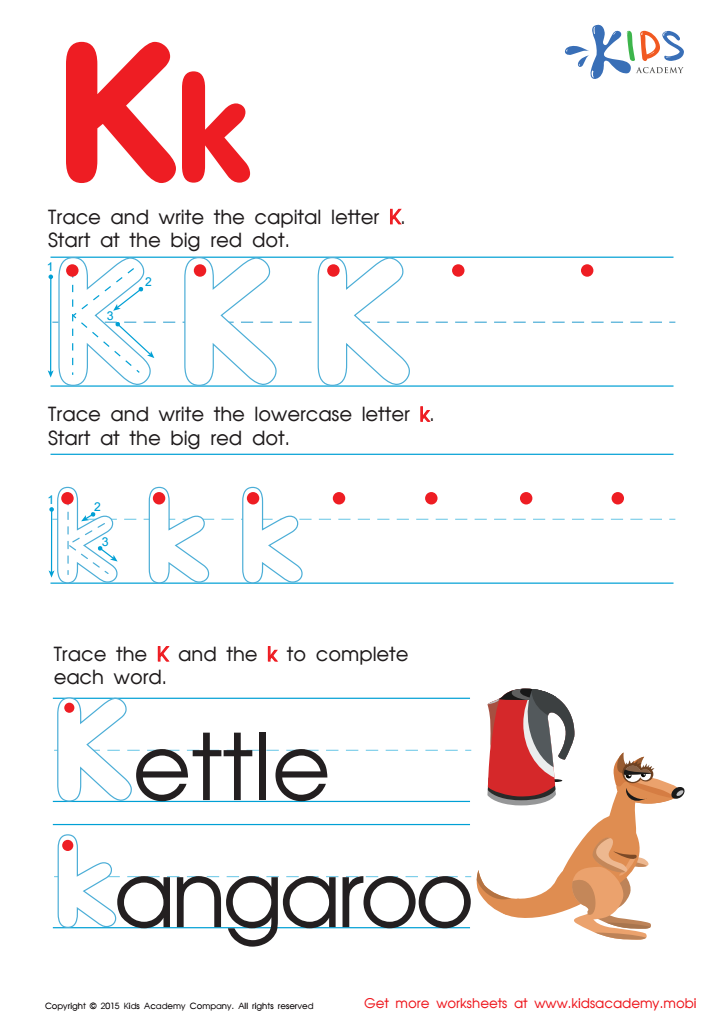

Letter K Tracing Page
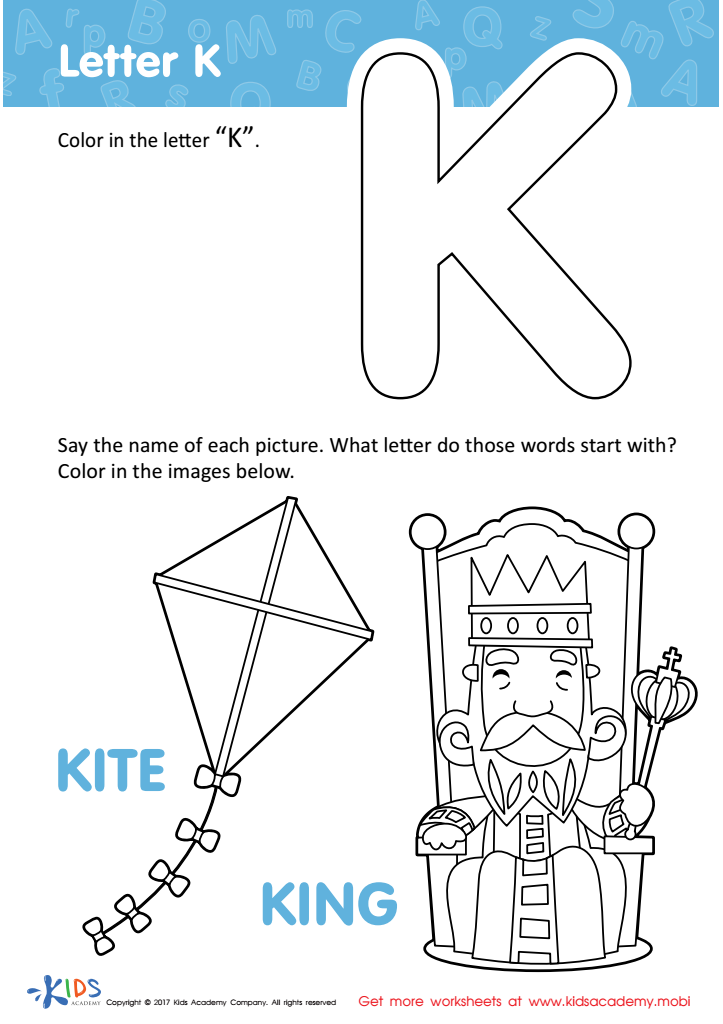

Letter K Coloring Sheet
Normal Letter K worksheets for Ages 4-6 serve as a fundamental tool in the early educational journey of children. At this critical age, where young learners are just beginning to grasp the basics of the alphabet, these worksheets provide a structured and engaging way to familiarize them with the letter K, both in its uppercase and lowercase forms.
Why are these worksheets so valuable? For starters, they hone fine motor skills. As children trace, color, and write the letter K, they improve their hand-eye coordination and pencil grip, foundational skills for successful writing in the future. Additionally, Normal Letter K worksheets for Ages 4-6 introduce kids to phonics, linking the letter with its sounds, which is crucial for reading development. By associating the letter with words that start with K, such as kite, kangaroo, and key, children begin to build their vocabulary in a fun and memorable way.
Moreover, these worksheets encourage independent learning and confidence. As children work through the exercises, they gain a sense of accomplishment with each task they complete successfully. This not only reinforces their understanding of the letter K but also boosts their enthusiasm for learning. In summary, Normal Letter K worksheets for Ages 4-6 are invaluable tools that support literacy, motor development, and self-confidence in young learners.
 Assign to the classroom
Assign to the classroom
